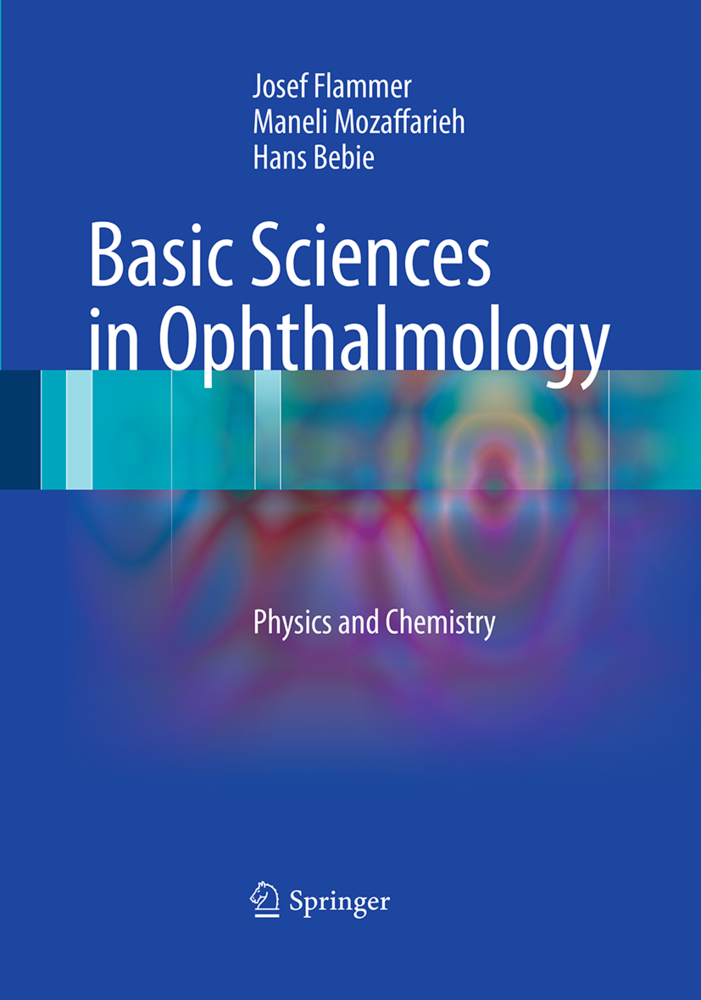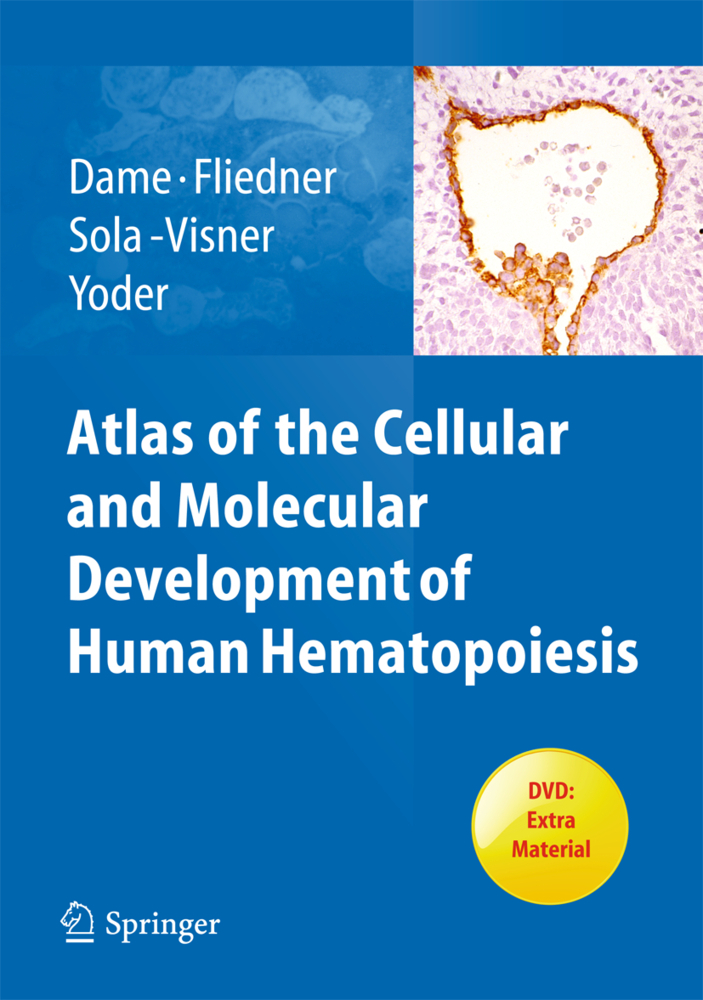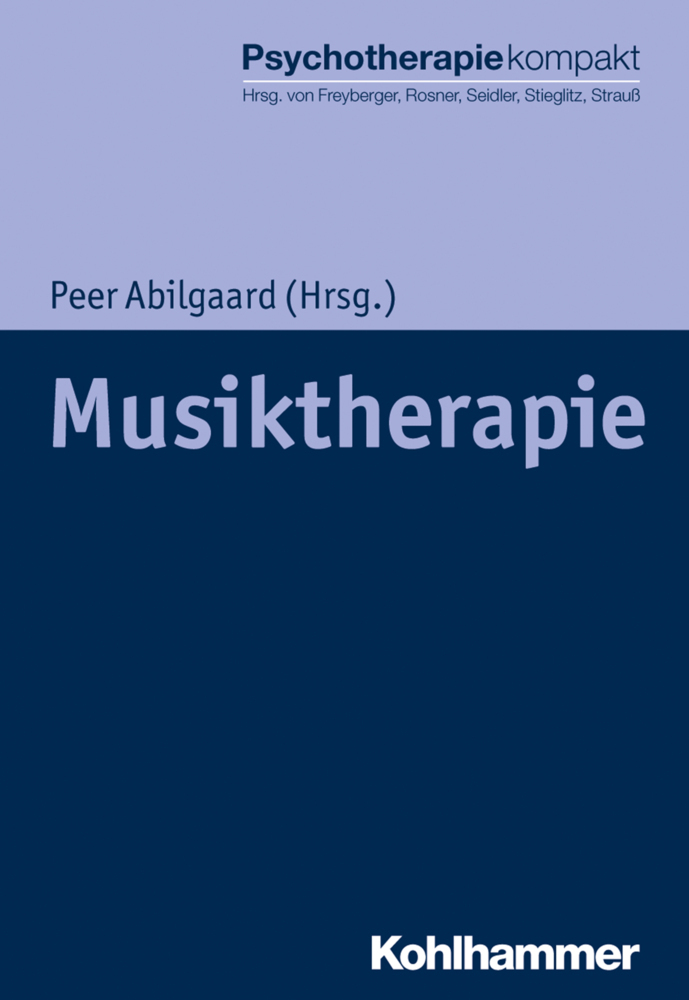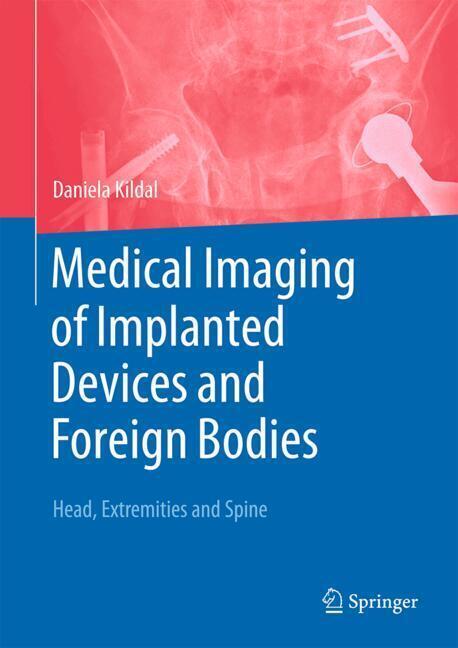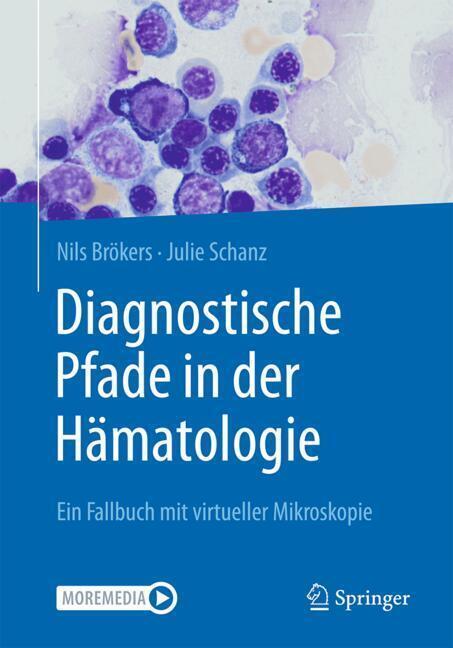Basic Sciences in Ophthalmology
Basic Sciences in Ophthalmology
Basic Sciences in Ophthalmology aims to link clinical ophthalmology directly to its basic science roots. This first volume describes the physics and chemistry required for a sound understanding of modern ophthalmology. The book opens with an extensive discussion of the interaction of light with matter and the way in which light is used in ophthalmic examinations and treatments. After describing traditional methods of imaging, particular emphasis is placed on modern instrumentation such as OCT. The interaction between light and tissues in different types of laser treatment is also addressed. The chemistry section focuses on compounds particularly relevant to the eye, such as oxygen and water. The origin and consequences of oxidative stress are reviewed, and the physical behavior of chemical compounds in the eye is explained. Understanding is facilitated through the use of many examples taken from the field of ophthalmology. The text is complemented by about 450 figures.
What is light?- The interaction between light and matter
Light sourcesExaminations with light
Ultrasound diagnostics
Further imaging procedures
Interventions with laser light
Some history of chemistry
Oxygen
Water
Carbon dioxide (CO2)
Nitric oxide
Redox reactions
DNA
RNA
Proteins
Lipids
Matter: using water as an example
If you are interested in more
Appendix: Units and constants.
Flammer, Josef
Mozaffarieh, Maneli
Bebie, Hans
| ISBN | 978-3-662-50769-8 |
|---|---|
| Artikelnummer | 9783662507698 |
| Medientyp | Buch |
| Copyrightjahr | 2016 |
| Verlag | Springer, Berlin |
| Umfang | XV, 250 Seiten |
| Abbildungen | XV, 250 p. 441 illus., 396 illus. in color. |
| Sprache | Englisch |

